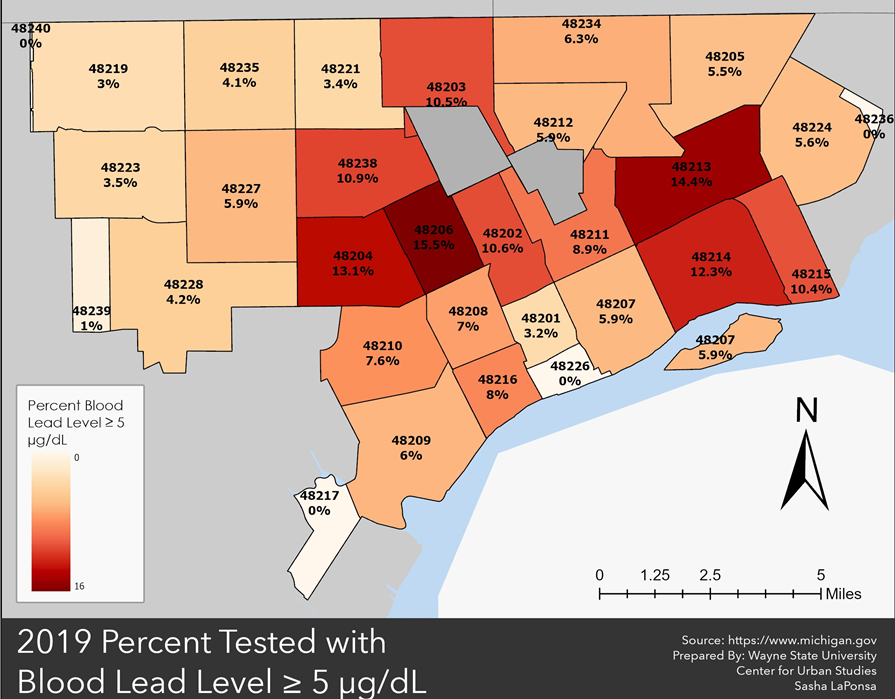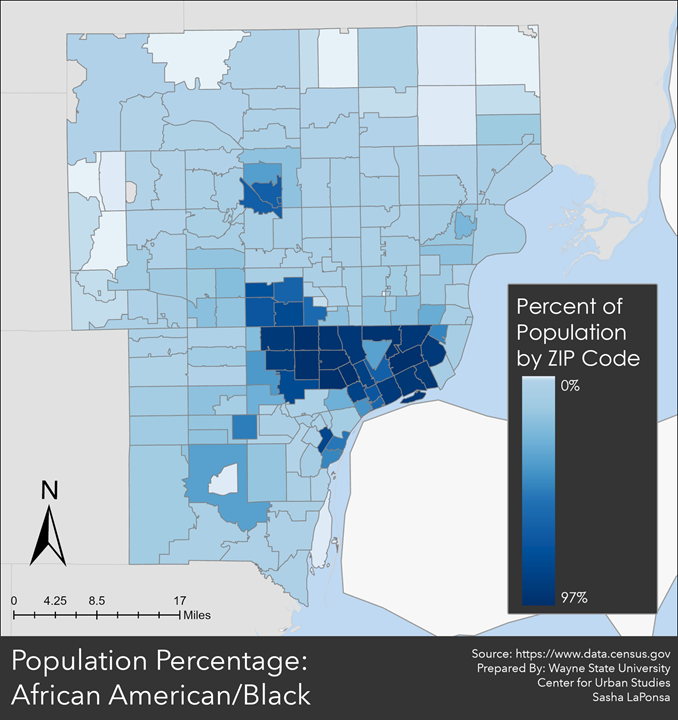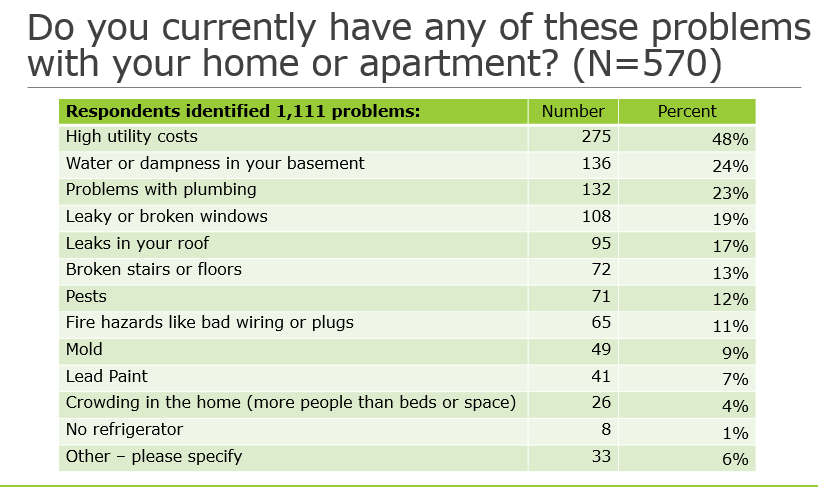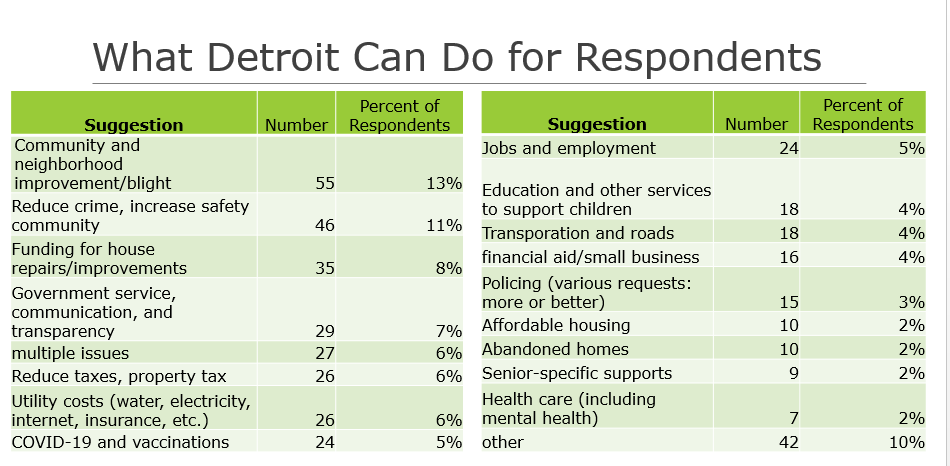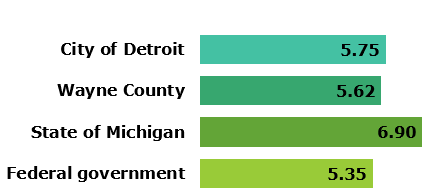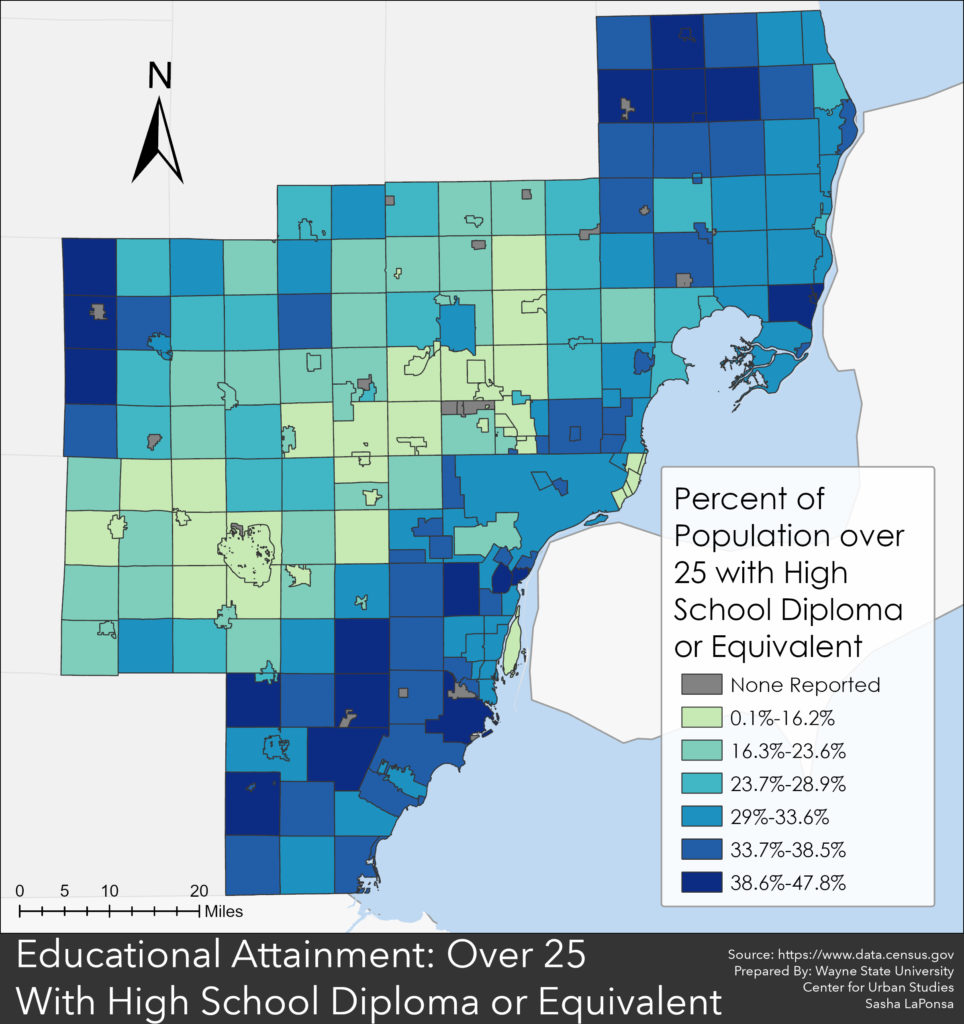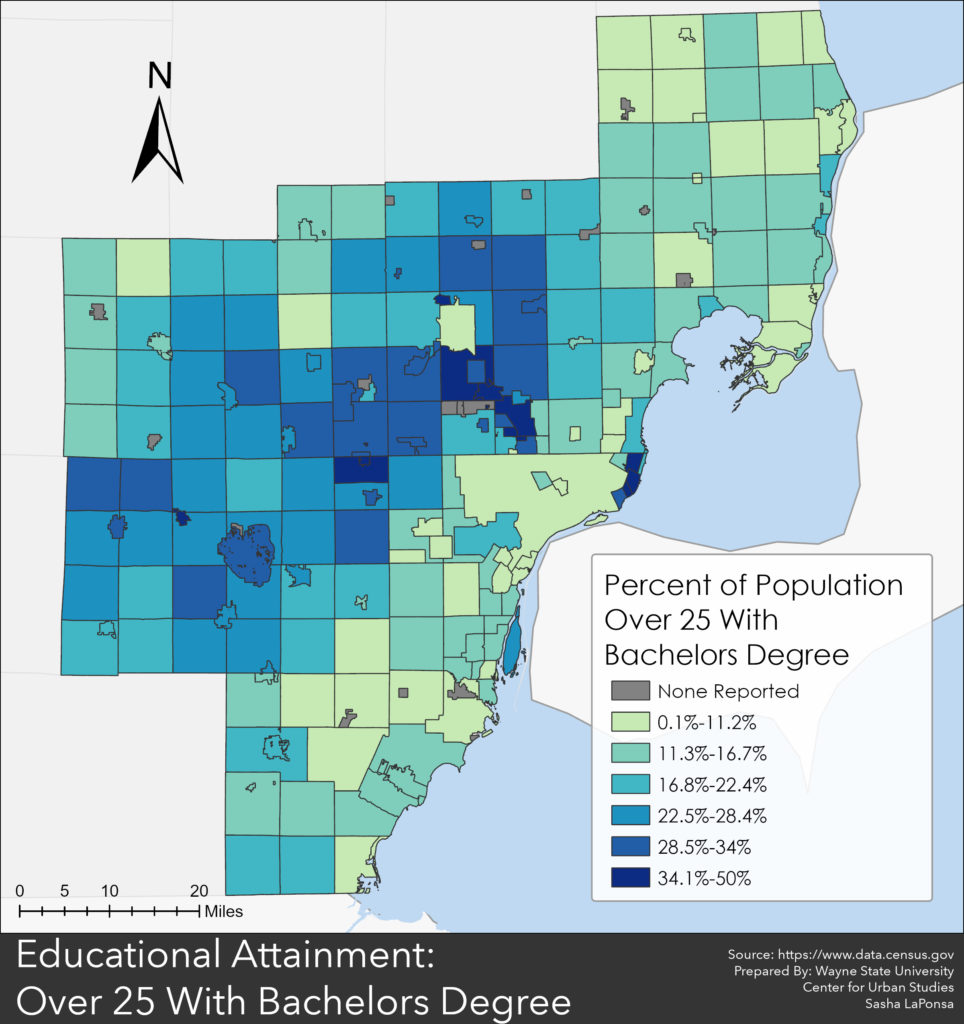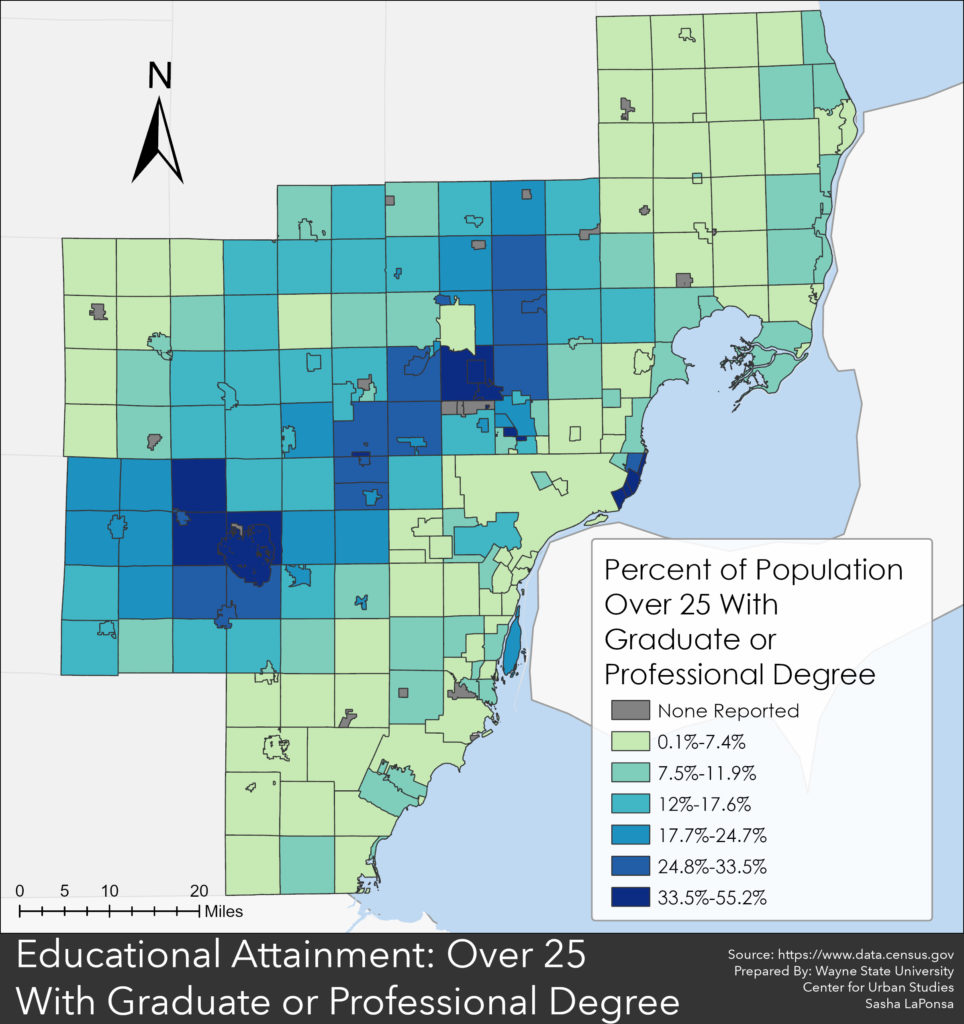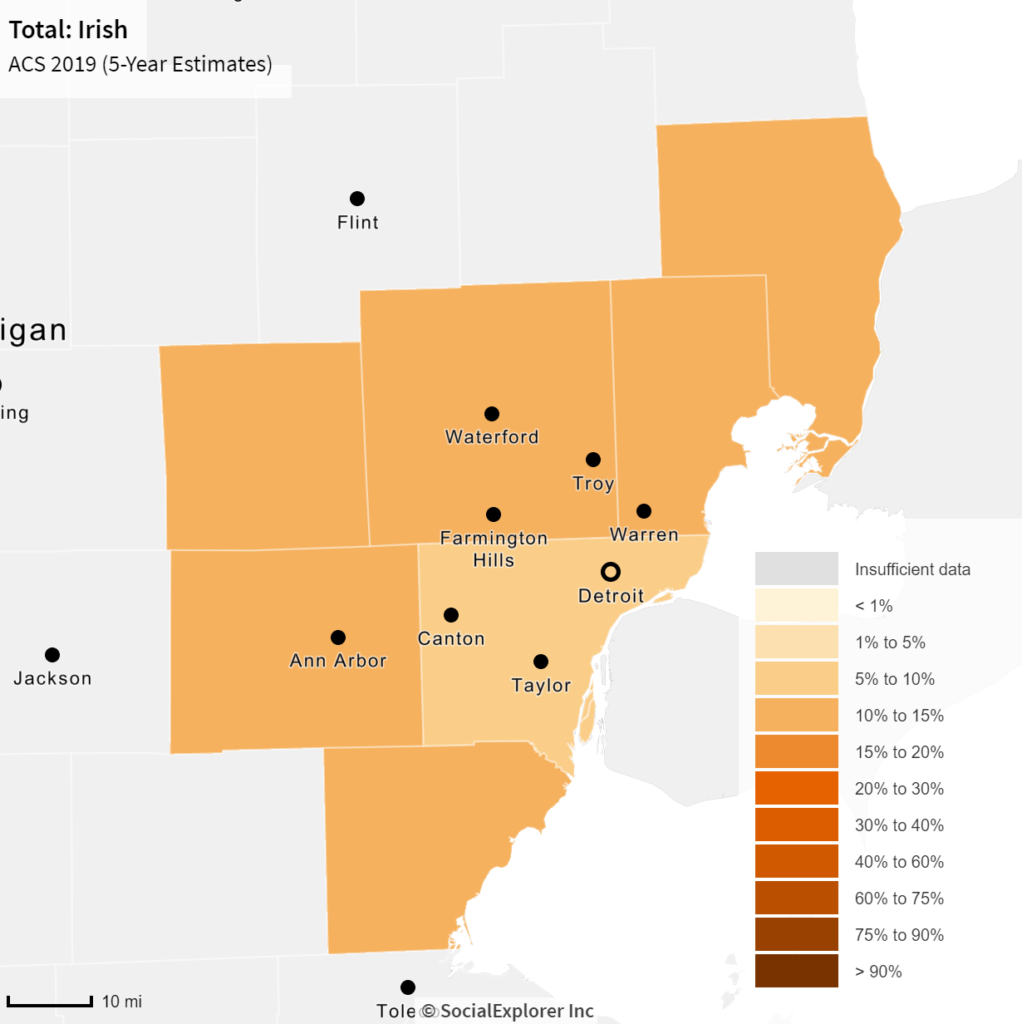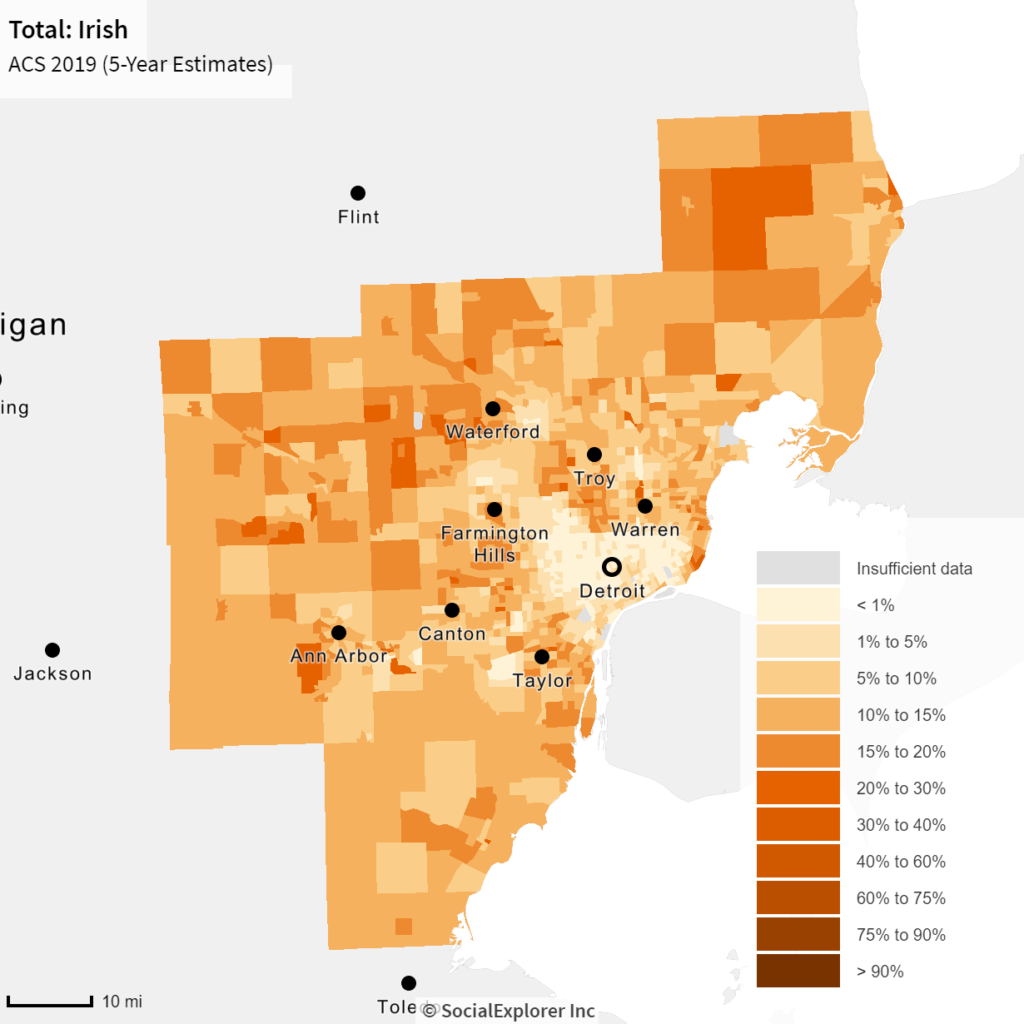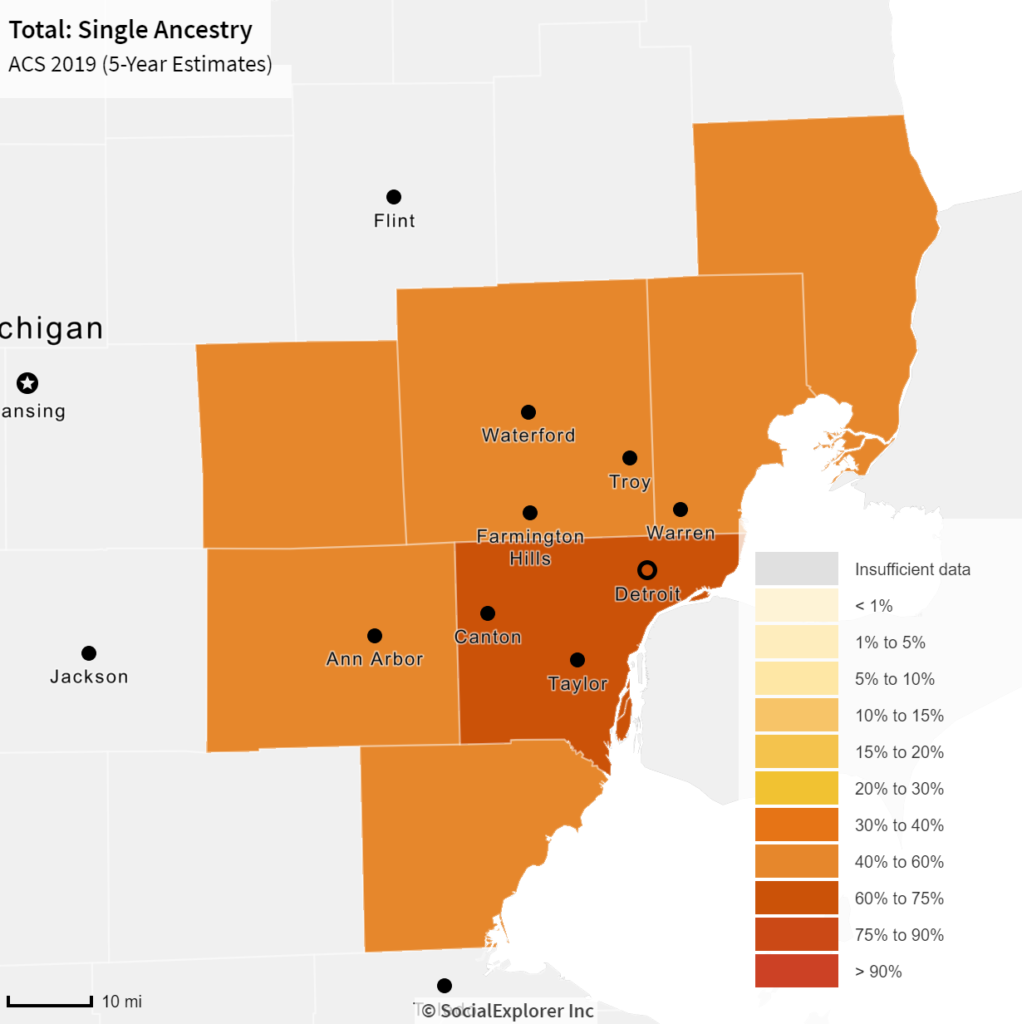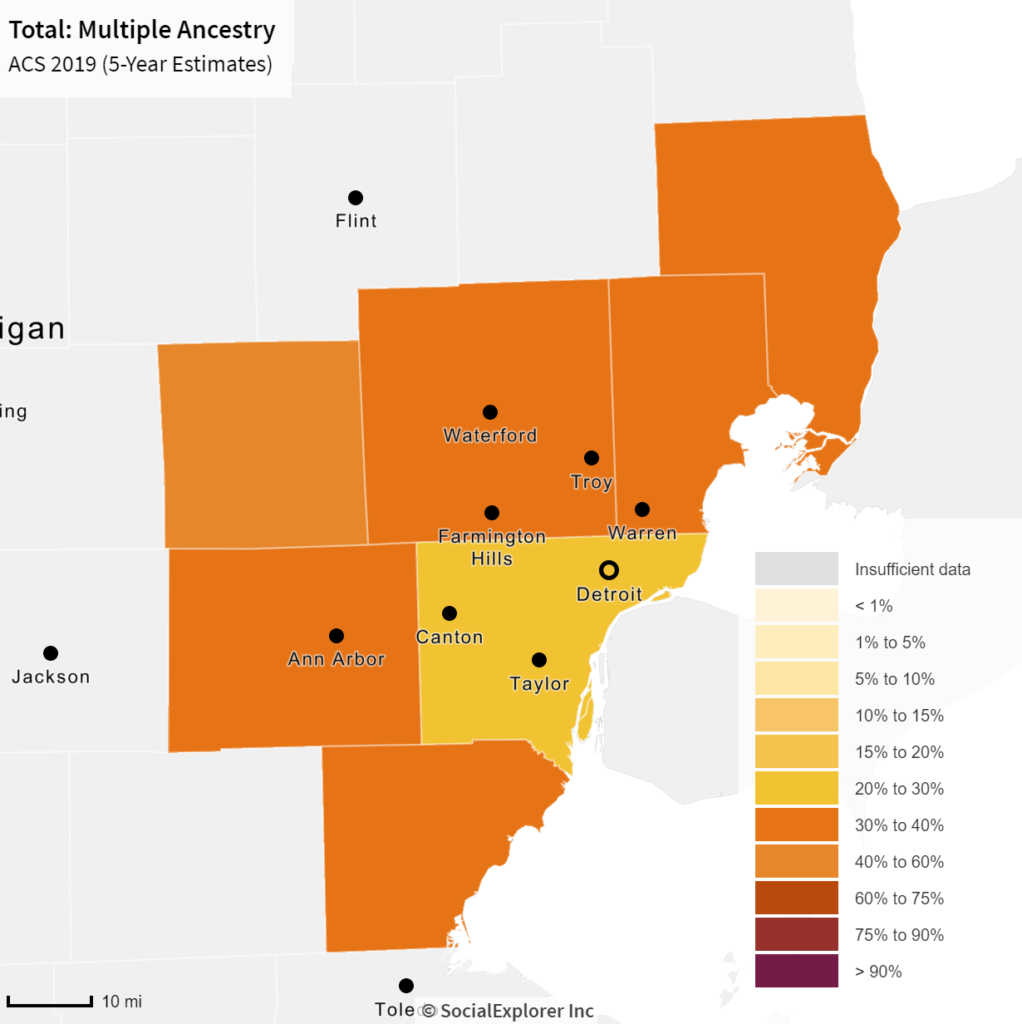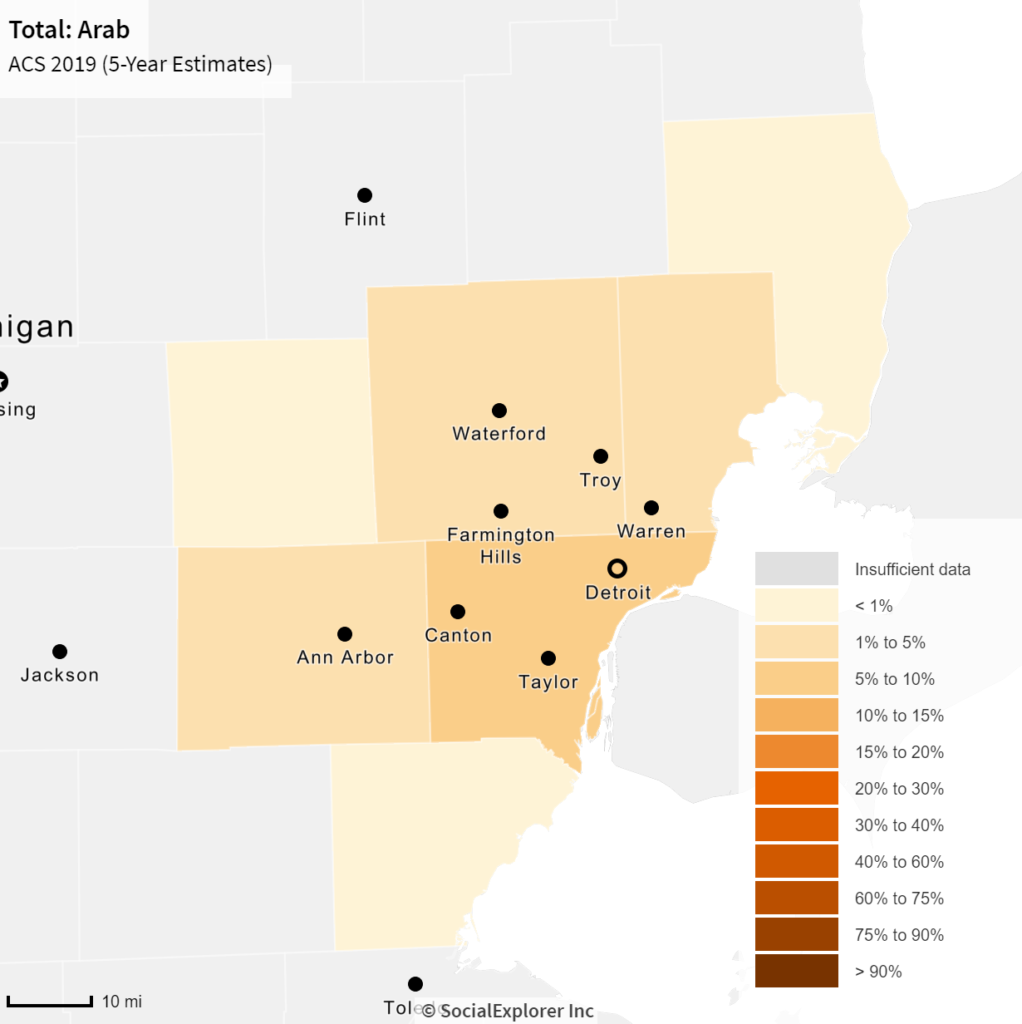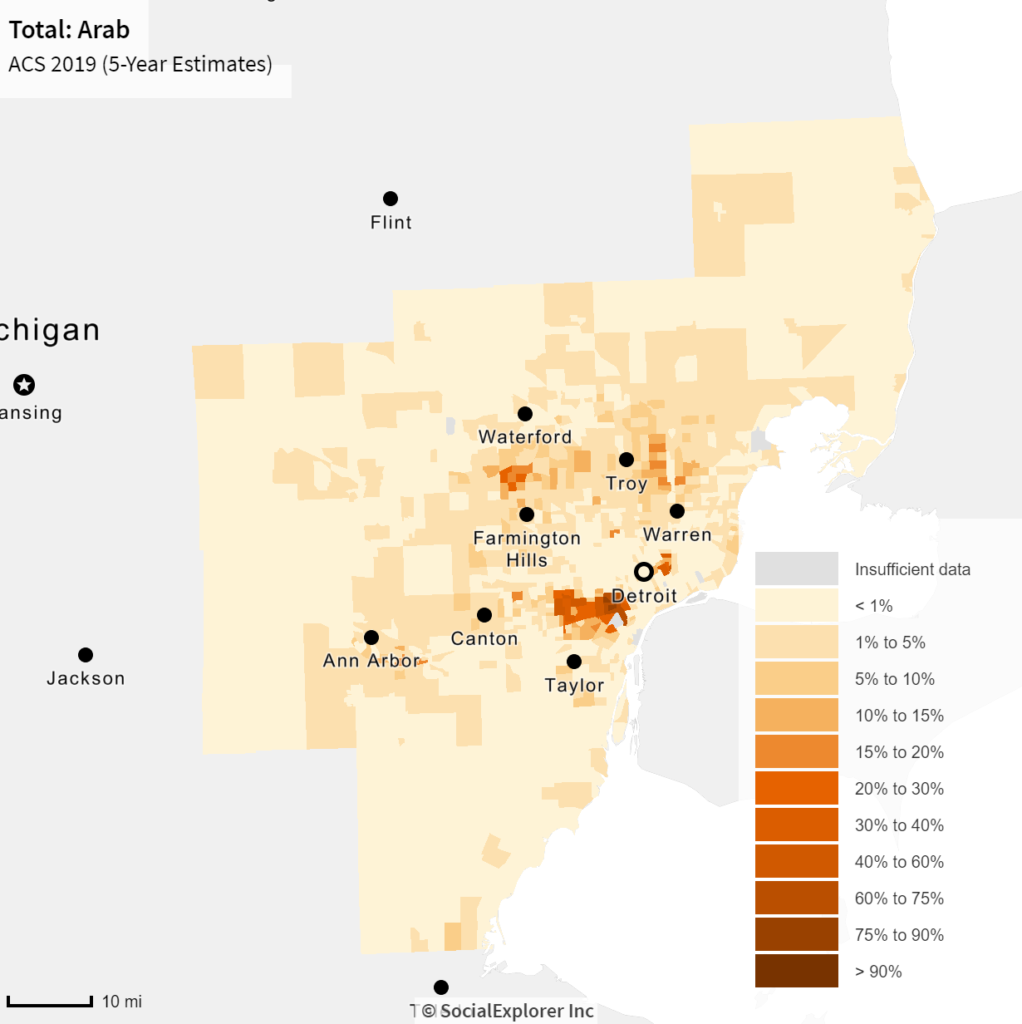A State of Emergency was declared for Wayne County due to flooding from Friday’s storm, I94 is still cannot be traversed in some places, and hundreds of residents in Southeastern Michigan will be dealing with flood damage to their homes for weeks–even months–to come. But, despite the onslaught of heavy rain, the Great Lakes levels remain lower than last year.
How can this be?
For perspective, one inch of water on Lakes Michigan and Huron is composed of 800 billion gallons of water. The 22 inches of water that has left Lake Michigan and Lake Huron over the last year represents 17.6 trillion gallons of water. It is total precipitation–rain and snowfall–that impacts water levels. Less precipitation and warmer days lead to lower lake levels. To put it in a different way, heavy snowfalls with low temperatures lead to greater ice coverage, causing less amounts of water to evaporate in the Great Lakes basin, and therefore leading to higher water levels. Evaporation levels are the highest when the temperature difference between the water and the air is high, and when the water is warmer than the air.
A State of Emergency was declared for Wayne County due to flooding from Friday’s storm, I94 is still cannot be traversed in some places, and hundreds of residents in Southeastern Michigan will be dealing with flood damage to their homes for weeks–even months–to come. But, despite the onslaught of heavy rain, the Great Lakes levels remain lower than last year.
How can this be?
For perspective, one inch of water on Lakes Michigan and Huron is composed of 800 billion gallons of water. The 22 inches of water that has left Lake Michigan and Lake Huron over the last year represents 17.6 trillion gallons of water. It is total precipitation–rain and snowfall–that impacts water levels. Less precipitation and warmer days lead to lower lake levels. To put it in a different way, heavy snowfalls with low temperatures lead to greater ice coverage, causing less amounts of water to evaporate in the Great Lakes basin, and therefore leading to higher water levels. Evaporation levels are the highest when the temperature difference between the water and the air is high, and when the water is warmer than the air.
According to the US Army Corps of Engineers, average lake levels for the Great Lakes Basin for 2021 are much lower than what they averaged in 2020 during the month of June. Forecasted June 25, 2021 data from the US Army Corps of Engineers shows that the Lakes Michigan-Huron system is 22 inches below where it was on June 25 of 2020; the water level in Lake Ontario is 21 inches lower than where it was this time last year. Lake Superior, the largest and deepest lake in the Great Lakes, has water levels 7 inches below where it was in June of 2020.
Less snowfall and warmer days meant the Great Lakes did not rise as high as they typically do in the spring. However, even though lake levels are lower than what they have been in recent years, they remain much higher than the long-term averages, with the exception of Lake Ontario. Lakes Michigan-Huron, Lake Erie and Lake St. Clair are all 13 or more inches higher than long-term averages. Lakes-Michigan-Huron are 13 inches higher than the long-term average while Lake St. Clair is 16 inches higher and Lake Erie is 14 inches higher. Lake Superior is 4 inches higher than the long-term June average, and Lake Ontario is 14 inches lower than the long-term June average. Of course, looking at how much higher current levels are than the lowest record monthly mean paints another picture. Lakes Michigan-Huron, Lake Erie and Lake St. Clair are all 45-50 inches higher than the lowest record average in June.
The shifts in weather patterns locally and beyond certainly mean changes for the long-term for what we may come to expect. Despite Great Lakes levels being low this year, on average, they remain higher than long-term averages. But, if we continue to have milder winters and hotter summers, then that will have the opposite effect on our Great Lakes–a loss of one of our greatest natural resources.











